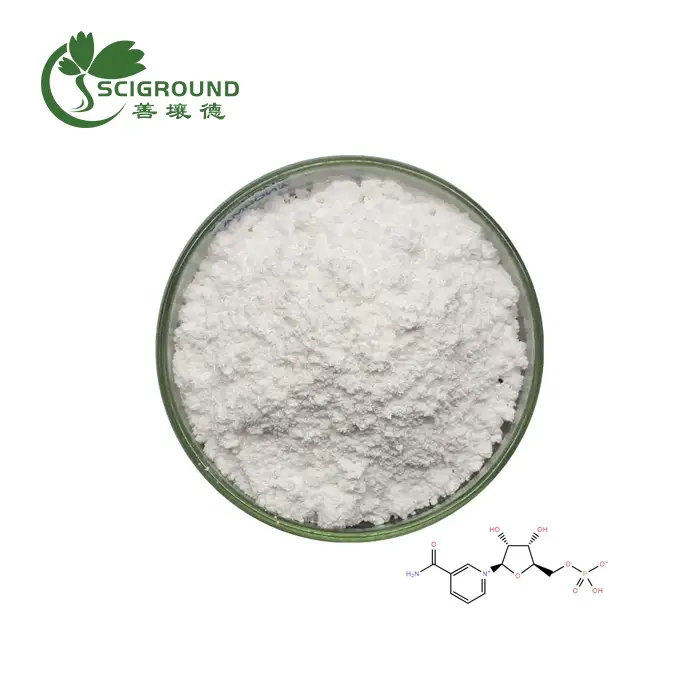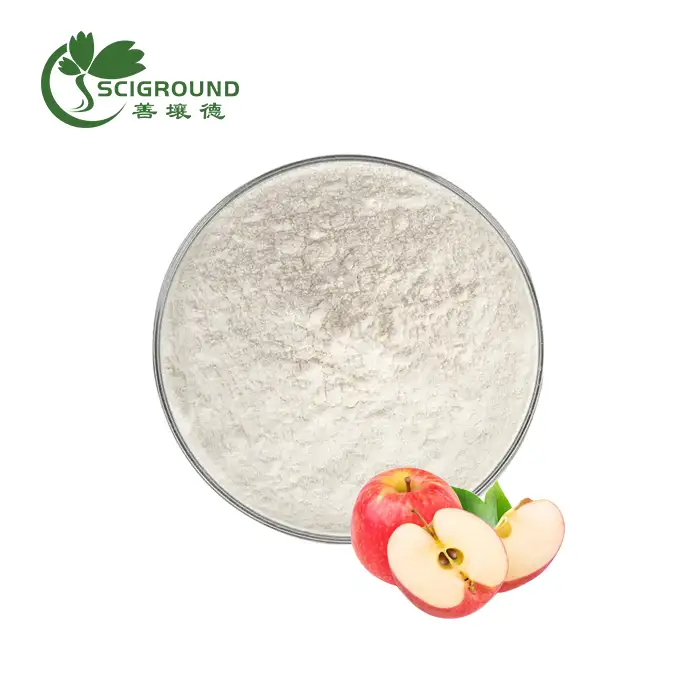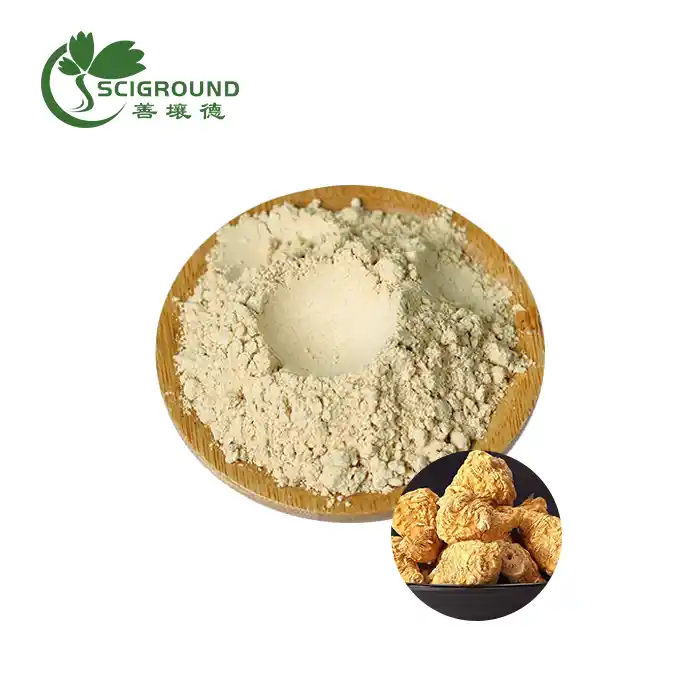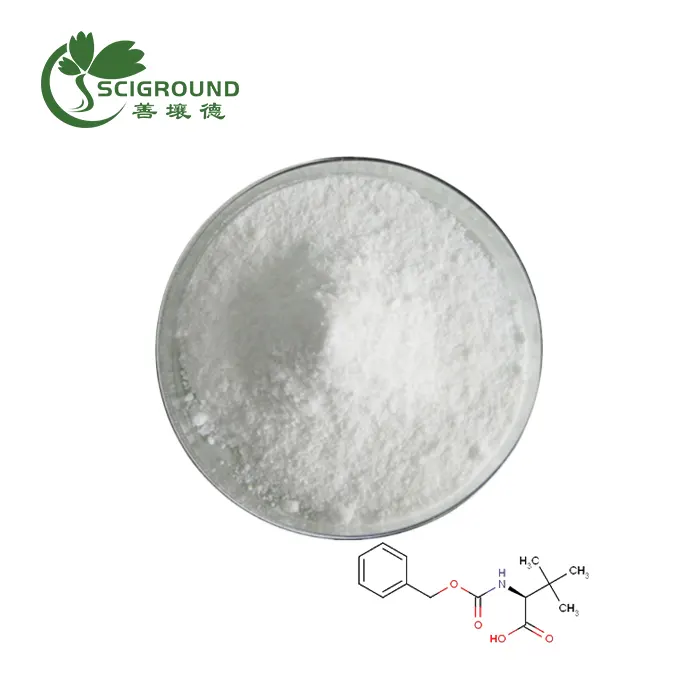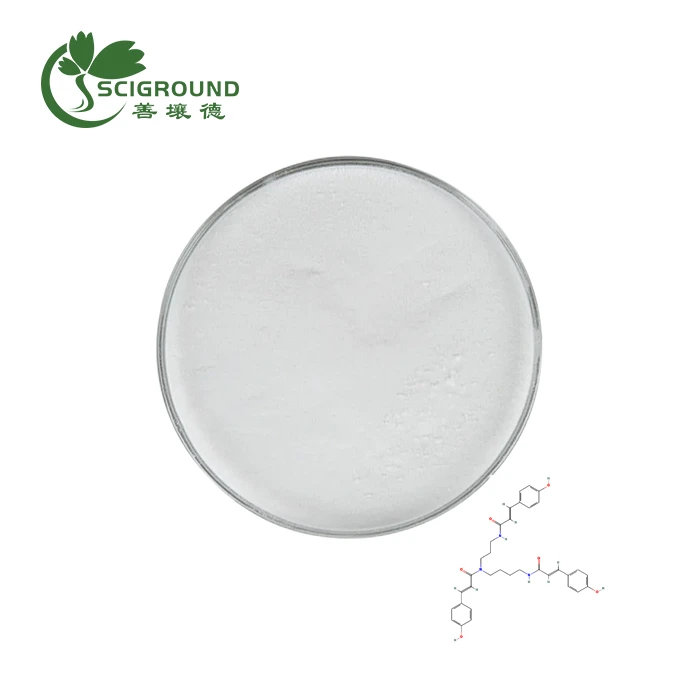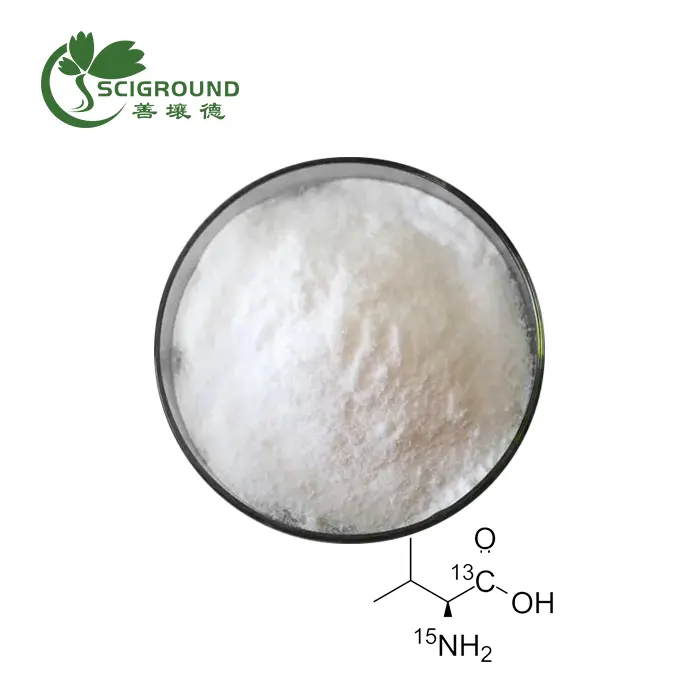what is Amikacin?
Amikacin is a potent aminoglycoside antibiotic used to treat severe infections caused by multidrug-resistant, aerobic Gram-negative bacteria. It's particularly effective against stubborn pathogens like Pseudomonas aeruginosa, Acinetobacter baumannii, and various Enterobacteriaceae species. As a broad-spectrum antibiotic, amikacin plays a crucial role in combating life-threatening infections when other antibiotics fail.
This powerful antimicrobial agent works by binding to bacterial ribosomes, disrupting protein synthesis, and ultimately leading to bacterial cell death. Its unique chemical structure allows it to remain active against many bacteria that have developed resistance to other aminoglycosides, making it a valuable tool in the fight against antibiotic-resistant infections.
Amikacin is typically administered parenterally, either through intramuscular injection or intravenous infusion. Its use is generally reserved for serious infections in hospitalized patients due to its potential for toxicity, particularly to the kidneys and ears. Careful monitoring of drug levels and renal function is essential during treatment.
How to use Amikacin Powder medically?
Amikacin powder is a versatile form of the antibiotic that can be reconstituted for various routes of administration. Its medical use requires careful consideration of the infection type, severity, and patient factors. Here's a comprehensive guide on how to use Amikacin powder in medical settings:
Indications for Use
Amikacin is primarily used to treat severe infections caused by susceptible Gram-negative bacteria. Common indications include:
- Hospital-acquired pneumonia
- Complicated urinary tract infections
- Intra-abdominal infections
- Septicemia
- Nosocomial infections in intensive care units
- Infections in immunocompromised patients
- Multidrug-resistant tuberculosis (as part of a combination therapy)
Dosage and Administration
The dosage of Amikacin varies depending on the infection site, severity, and patient characteristics. Generally, it's administered as follows:
- Adults: 15 mg/kg/day, divided into 2-3 doses
- Children: 15-20 mg/kg/day, divided into 2-3 doses
- Neonates: 10-15 mg/kg/day, divided into 2-3 doses
Amikacin powder is typically reconstituted with sterile water or saline solution. It can be administered via:
- Intramuscular injection
- Intravenous infusion (over 30-60 minutes)
- Nebulization (in specific cases of respiratory infections)
Therapeutic Drug Monitoring
Due to its narrow therapeutic index, monitoring Amikacin levels is crucial. Peak and trough concentrations should be measured to ensure effective dosing while minimizing toxicity risks. Target levels typically include:
- Peak: 20-30 μg/mL
- Trough: <5 μg/mL
Duration of Treatment
The duration of Amikacin therapy depends on the infection type and response to treatment. Typically, courses range from 7 to 14 days, but may be extended in severe or complicated cases. Prolonged use increases the risk of toxicity, so the shortest effective duration should be employed.
Combination Therapy
Amikacin is often used in combination with other antibiotics to broaden coverage and prevent resistance development. Common combinations include:
- Amikacin + beta-lactam antibiotics (e.g., piperacillin-tazobactam)
- Amikacin + carbapenems (e.g., meropenem)
- Amikacin + fluoroquinolones (e.g., ciprofloxacin)
Special Considerations
When using Amikacin powder, healthcare providers should consider:
- Renal function: Dose adjustment is necessary for patients with impaired kidney function
- Pregnancy and lactation: Use with caution due to potential fetal risks
- Elderly patients: May require lower doses due to decreased renal function
- Patients with pre-existing hearing or vestibular disorders: Increased risk of ototoxicity
Adverse effects of Amikacin
While Amikacin is a potent antibiotic, it's associated with several potential adverse effects. Understanding these risks is crucial for healthcare providers and patients to ensure safe and effective use of the medication. Here's an in-depth look at the adverse effects of Amikacin:
Nephrotoxicity
Kidney damage is one of the most significant concerns with Amikacin use. It occurs in approximately 8-26% of patients and is usually reversible if detected early.
- Mechanism: Accumulation in renal tubules, leading to cellular damage
- Risk factors: Pre-existing renal impairment, dehydration, concurrent nephrotoxic drugs
- Monitoring: Regular assessment of serum creatinine, blood urea nitrogen, and urine output
Ototoxicity
Damage to the inner ear can result in hearing loss or balance problems. This effect can be irreversible and occurs in about 5-13% of patients.
- Types: Cochlear (hearing loss) and vestibular (balance disturbances) toxicity
- Risk factors: High doses, prolonged therapy, genetic predisposition
- Monitoring: Audiometric testing, especially for high-frequency hearing loss
Neuromuscular Blockade
In rare cases, Amikacin can cause neuromuscular junction blockade, leading to muscle weakness or paralysis.
- Mechanism: Interference with acetylcholine release at neuromuscular junctions
- Risk factors: Concomitant use of neuromuscular blocking agents, myasthenia gravis
- Management: Calcium gluconate or neostigmine may reverse the effect
Allergic Reactions
Hypersensitivity reactions can occur, ranging from mild rashes to severe anaphylaxis.
- Symptoms: Skin rash, urticaria, fever, bronchospasm
- Incidence: Relatively rare, occurring in <2% of patients
- Management: Immediate discontinuation of the drug and appropriate supportive care
Electrolyte Imbalances
Amikacin can cause disturbances in electrolyte balance, particularly hypokalemia and hypomagnesemia.
- Mechanism: Enhanced renal excretion of electrolytes
- Monitoring: Regular serum electrolyte measurements
- Management: Electrolyte supplementation as needed
Hepatotoxicity
While less common than nephrotoxicity, liver damage can occur with Amikacin use.
- Symptoms: Elevated liver enzymes, jaundice
- Incidence: Rare, but more common in patients with pre-existing liver disease
- Monitoring: Periodic liver function tests
Hematological Effects
Amikacin may occasionally cause blood disorders.
- Types: Anemia, leukopenia, thrombocytopenia
- Monitoring: Complete blood count during therapy
- Management: Dose adjustment or discontinuation if severe
Central Nervous System Effects
Rarely, Amikacin can cause neurological symptoms.
- Symptoms: Headache, confusion, seizures (in severe cases)
- Risk factors: High doses, rapid infusion, impaired blood-brain barrier
- Management: Dose reduction or discontinuation if symptoms persist
How should I use Amikacin Powder?
Proper use of Amikacin powder is crucial for maximizing its therapeutic benefits while minimizing potential risks. Here's a comprehensive guide on how to use Amikacin powder safely and effectively:
Preparation and Administration
- Reconstitution:
- Use sterile water for injection or 0.9% sodium chloride
- Add the appropriate volume to achieve the desired concentration
- Gently swirl the vial until the powder is completely dissolved
- Administration routes:
- Intramuscular injection: Inject deeply into a large muscle mass
- Intravenous infusion: Dilute further and infuse over 30-60 minutes
Dosing Guidelines
Follow your healthcare provider's instructions carefully. Typical dosing regimens include:
- Once-daily dosing: 15-20 mg/kg/day as a single dose
- Multiple daily dosing: 5-7.5 mg/kg every 8-12 hours
Dosage may be adjusted based on renal function, body weight, and infection severity.
Monitoring and Precautions
- Regular blood tests to check kidney function and drug levels
- Audiometric testing to monitor for hearing loss
- Stay well-hydrated to support kidney function
- Report any signs of allergic reactions or unusual symptoms promptly
Storage and Handling
- Store unopened vials at room temperature (20-25°C)
- Protect from light
- Use reconstituted solution within 24 hours if refrigerated
Special Populations
- Elderly: May require dose reduction due to decreased renal function
- Pregnant women: Use only if clearly needed; discuss risks with healthcare provider
- Children: Dosing based on body weight; careful monitoring required
Drug Interactions
Inform your healthcare provider about all medications you're taking. Amikacin may interact with:
- Other aminoglycosides
- Loop diuretics
- Neuromuscular blocking agents
- Nephrotoxic or ototoxic drugs
Completion of Treatment
- Complete the full course of treatment as prescribed
- Do not stop taking Amikacin without consulting your healthcare provider
- Attend all follow-up appointments for monitoring
By following these guidelines and working closely with your healthcare team, you can optimize the use of Amikacin powder for the treatment of serious bacterial infections while minimizing potential risks.
Remember, Amikacin is a powerful antibiotic that should only be used under close medical supervision. Always consult with your healthcare provider for personalized advice and instructions.
References
- Begg, E. J., & Barclay, M. L. (1995). Aminoglycosides - 50 years on. British Journal of Clinical Pharmacology, 39(6), 597-603.
- Gonzalez, L. S., & Spencer, J. P. (1998). Aminoglycosides: a practical review. American Family Physician, 58(8), 1811-1820.
- Kahlmeter, G., & Dahlager, J. I. (1984). Aminoglycoside toxicity - a review of clinical studies published between 1975 and 1982. Journal of Antimicrobial Chemotherapy, 13(suppl A), 9-22.
- Lacy, M. K., Nicolau, D. P., Nightingale, C. H., & Quintiliani, R. (1998). The pharmacodynamics of aminoglycosides. Clinical Infectious Diseases, 27(1), 23-27.
- Prayle, A., & Smyth, A. R. (2010). Aminoglycoside use in cystic fibrosis: therapeutic strategies and toxicity. Current Opinion in Pulmonary Medicine, 16(6), 604-610.
- Swenson, J. M., Killgore, G. E., & Tenover, F. C. (2004). Antimicrobial susceptibility testing of Acinetobacter spp. by NCCLS broth microdilution and disk diffusion methods. Journal of Clinical Microbiology, 42(11), 5102-5108.
For more information about Amikacin powder and other high-quality plant extract products, please contact Shaanxi SCIGROUND at info@scigroundbio.com. Our team of experts is ready to assist you with any questions or inquiries you may have.
Related Industry Knowledge
- what is Amikacin?
- What are the Benefits of Alfalfa Extract Powder
- What is capsaicin powder used for?
- Corn Silk Benefits
- When should i take creatine monohydrate?
- What is resveratrol used for
- Is L-carnitine Worth the Hype?
- The Power of Rhamnus Frangula Powder: Enhancing Digestion and Wellness Naturally
- Does bell pepper have capsaicin?
- What are the Benefits and Dosage Recommendations of L-lysine Bulk Supplementation
